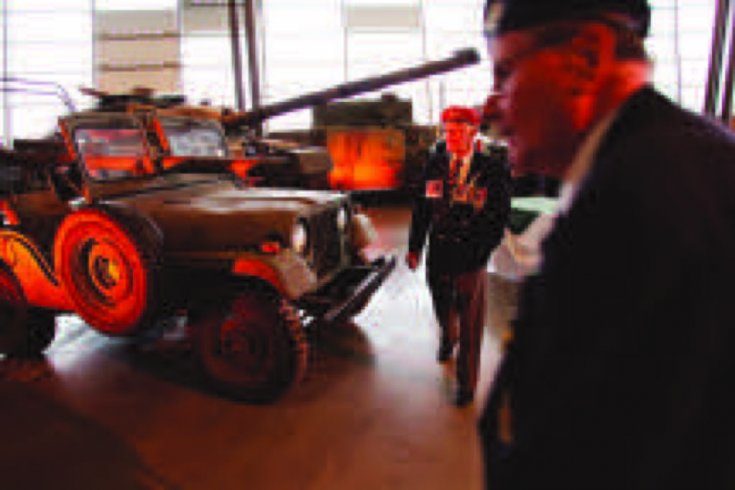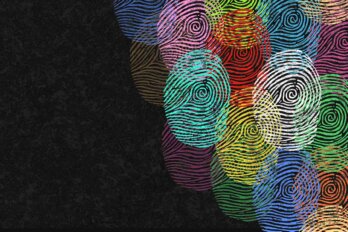ottawa — One sign reads war/guerre; another, pointing in the opposite direction, reads civilization/ civilisation. At a crossroads on Wellington Street, I choose the darker path and find myself outside the Canadian War Museum, a sprawling concrete-and-glass bunker on the banks of the Ottawa River. Sherman, Churchill, and Grizzly tanks, an m109 artillery gun, and a cf-101b Voodoo jet fighter seemingly ready for takeoff fill large display windows. In the grand hallway leading to the exhibits, a sign instructs, “This is your story. It is about the experience of war, and the struggle for peace.”
In a way, it is my story, or the story I almost lived. Wandering the World War II gallery, I come across a scale model of a yellow Harvard training plane. Sixty-two years have passed since I flew the noisy little Harvard at the Service Flying Training School at Camp Borden, Ontario. It was the last year of the war. I’d earned my wings and was ready to pilot fighter planes over Europe. But the Allied victory there was secured before I left North America, and three months later, the bombings of Hiroshima and Nagasaki ended the war. The horror of those attacks deeply impressed upon me and many of my fellow flyers that our world could never again go to war using such powerful weapons and survive. So a museum staff member’s words about the institution’s position on war surprised me: “While the museum doesn’t glorify war, neither does it take an antiwar stance.”
Not against war? In the World War I and II galleries, canvasses by celebrated Canadian painters like A. Y. Jackson and Alex Colville depict the brutality and senselessness of armed conflict. Graphics show how jagged steel from shells — whether fired by German, English, Japanese, Korean, South African, or Canadian soldiers — splintered bones, ripped arteries, and tore through live flesh. The statistics, scattered amongst the art, are numbing: 9 million dead in the First World War, more than 55 million in the Second. Not to mention untold millions of families uprooted, cities destroyed, and vast areas laid bare of all living things. A video in one gallery shows a war-shattered neighbourhood where a woman sits cradling a human skull tightly to her face. War is hell.
And yet the museum’s message is ambivalent. It makes sense to honour the many thousands of Canadians who gave their lives in conflict, and exhibits on the Cold War and peacekeeping rightly remind visitors of the perils of modern war and what it takes to pull back from the brink. But these displays are overwhelmed by others that make war look exciting, even intoxicating. Amid the colossal planes, tanks, and artillery, you almost miss a lone United Nations Jeep from the Bosnia mission, three bullet holes marring its windshield and many more perforating its metal sides.
William “Duke” Procter, one of Canada’s last World War I vets, missed Remembrance Day ceremonies last year and died a month later at the age of 106. As voices like his go quiet, it falls to the War Museum to teach future generations the lessons learned at such a high cost. By the end of my tour, I haven’t yet decided whether the museum inspires the revulsion about war needed to keep our nation striving for peace.
The video I saw during my visit returns to my mind. It opened with the words “hope” and “l’espoir” in large letters and a young boy holding up a sign that reads, “Children want a world free of war and weapons.” All around the boy, desperate people run for their lives. The image sticks in my consciousness as I make my way outside, back to civilization.






